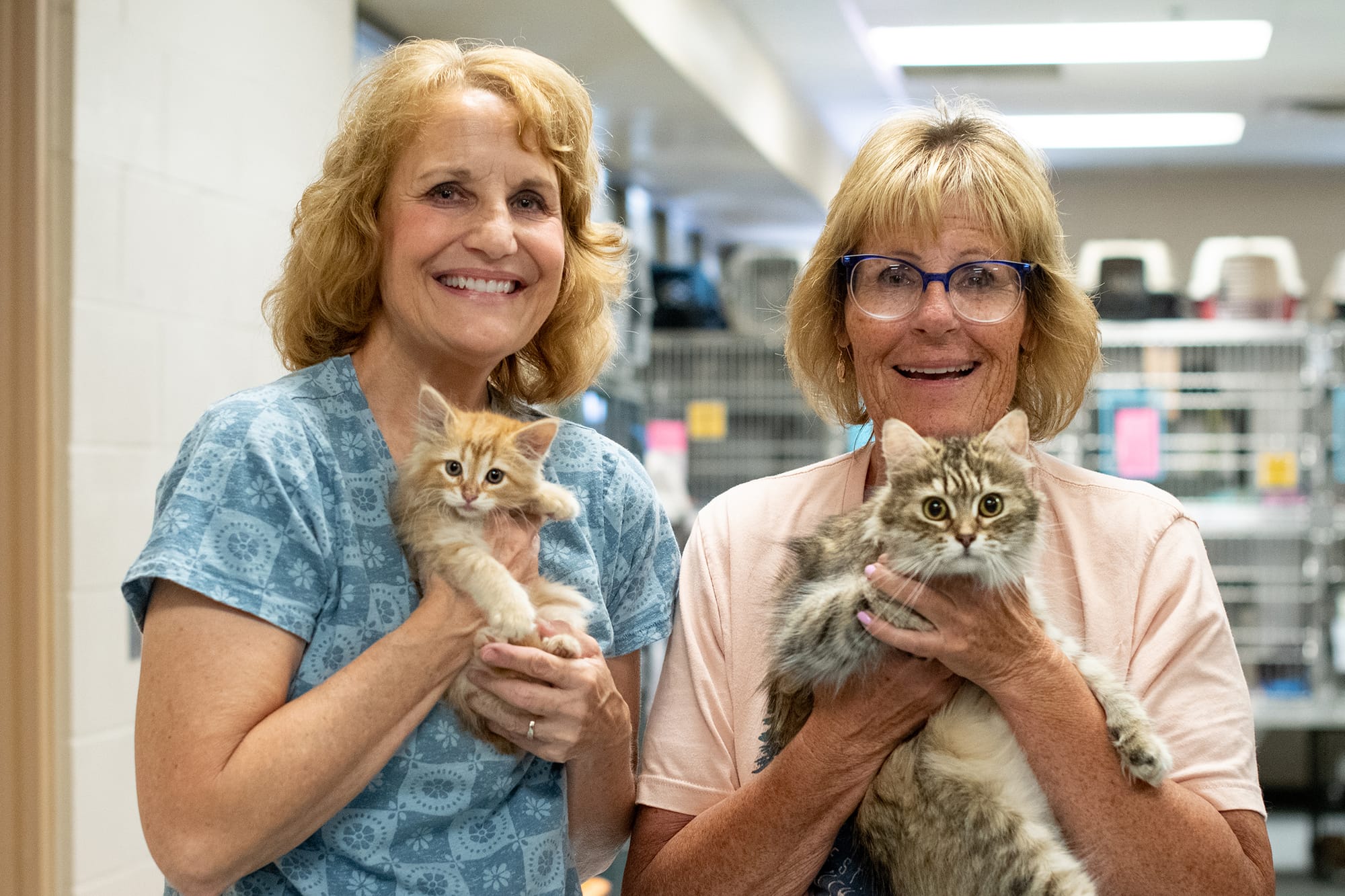This is a paid piece from the Sioux Falls Area Humane Society.
Simplified: The Sioux Falls Area Humane Society gave us a behind-the-scenes look at the paths pets take from the time they arrive until the time they're adopted. Here's a look at a typical journey.
Why it matters
- The humane society takes in thousands of animals each year – more than 8,200 last year alone.
- In addition, the humane society contracts with five counties and 33 cities, including Sioux Falls, to assist with or serve as their animal control.
- From the moment an animal arrives, the goal of the shelter is to figure out its best path forward – from attending to medical needs to ensuring adoptive homes are the right fit.
"We're always looking for what is good for the animals," Community Outreach Director Dana Peterson-Konzem said.
How do animals end up at the humane society?
About half of the animals arrive as strays, and the other half are surrendered by their owners who can no longer care for them for a variety of reasons.
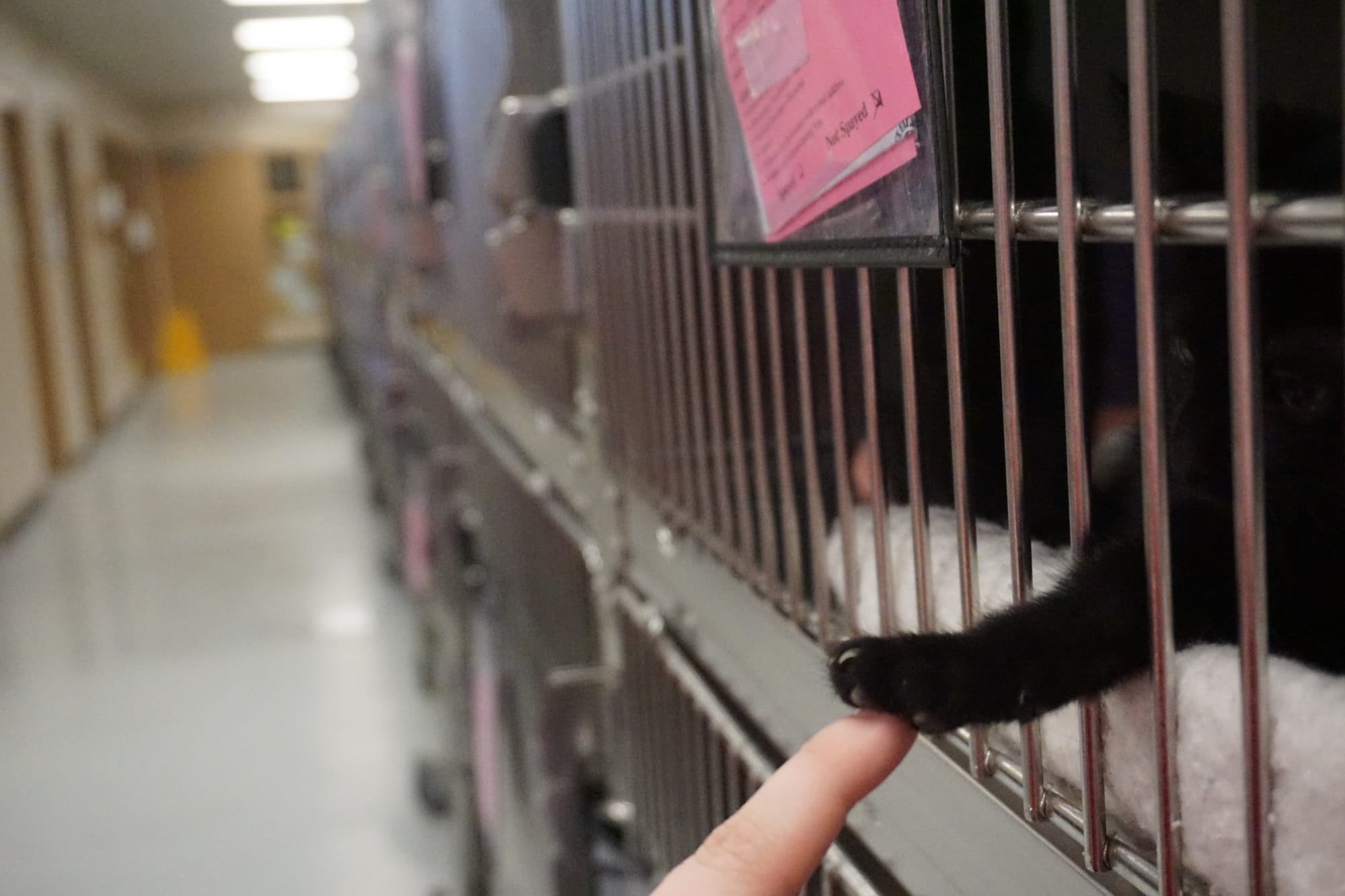
What's their stay like?
The average length of stay for an animal is 13 days.
What that time looks like varies a little bit depending on how the animal arrived. For the purposes of our discussion here, we're talking about cats and dogs – by far the majority of animals served.
- For strays, animals are held for three days in the event their owner can be found.
- For owner surrenders, the humane society gets as much information from the owners as possible about medical history and temperament.
All animals are checked to ensure they're spayed or neutered – and if not, they go in to surgery. Humane society veterinarians can perform as many as 30 surgeries per day.
- Animals are also given blood tests for diseases and given a general wellness check.
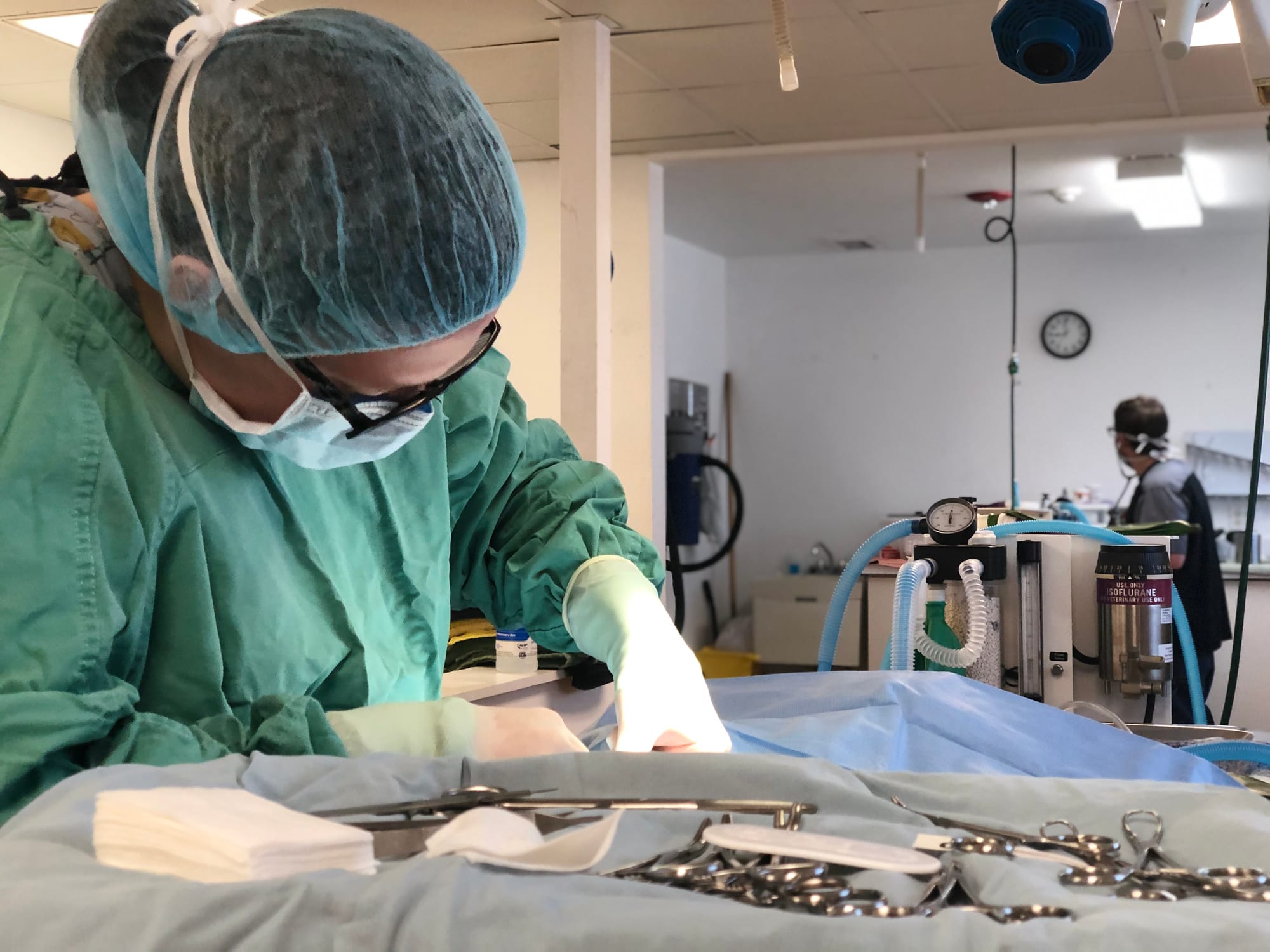
From the moment an animal enters the shelter, staff are paying attention to the animal's temperament, mannerisms, personality and comfort around people.
- For dogs, for example, staff will touch their ears and paws, and evaluate their reaction to someone touching their food bowl. They'll also evaluate whether the dog has any separation anxiety.
- Cats go through a similar evaluation process.
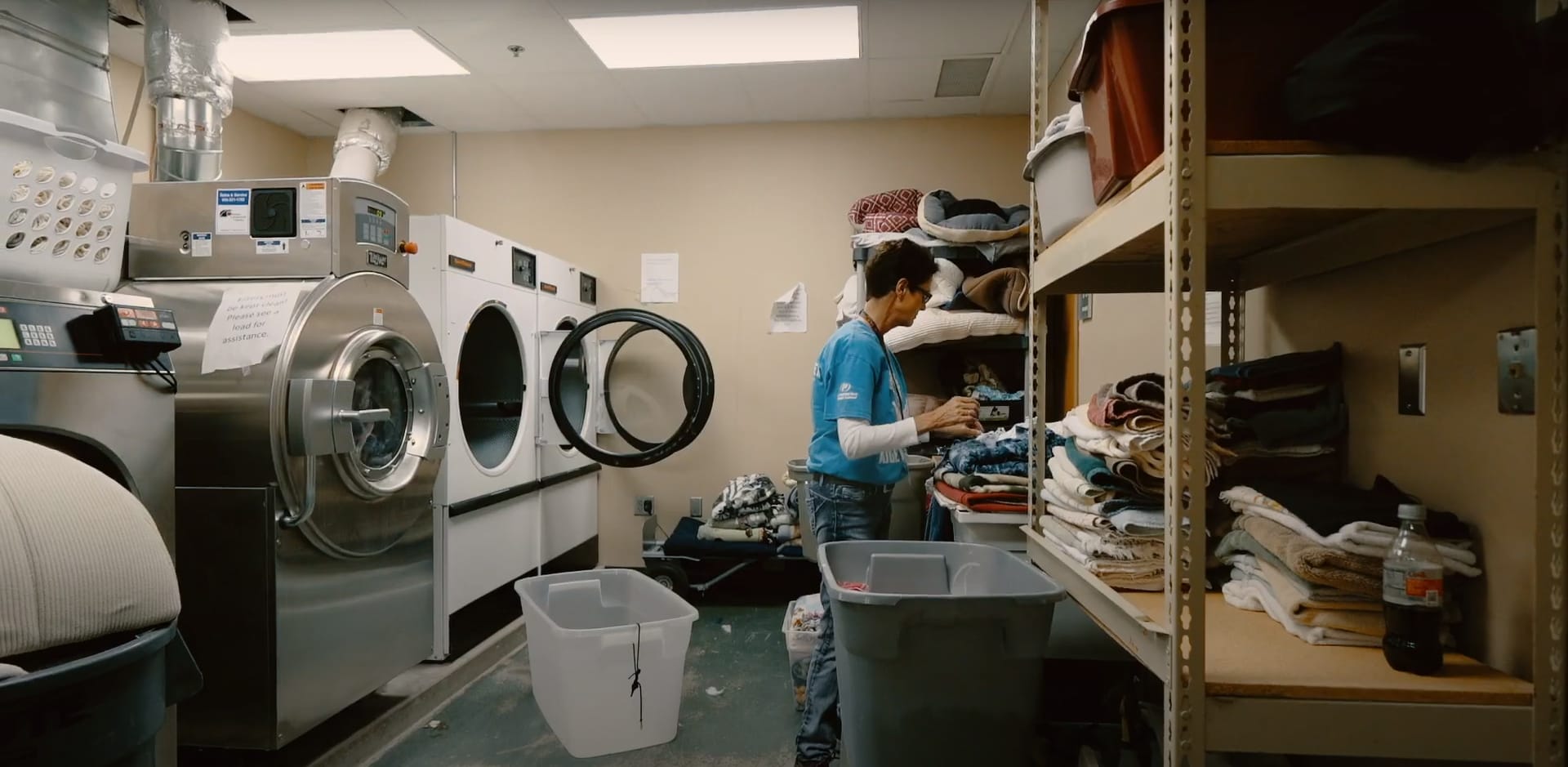
After intake, what's a typical day?
Kennels are cleaned and disinfected every single day, and animals get clean blankets. Staff start working as early as 4:30 a.m., and it takes about five hours to get through all of the kennels.
- Often, volunteers will come in and help with laundry to ensure animals can always have clean linens.
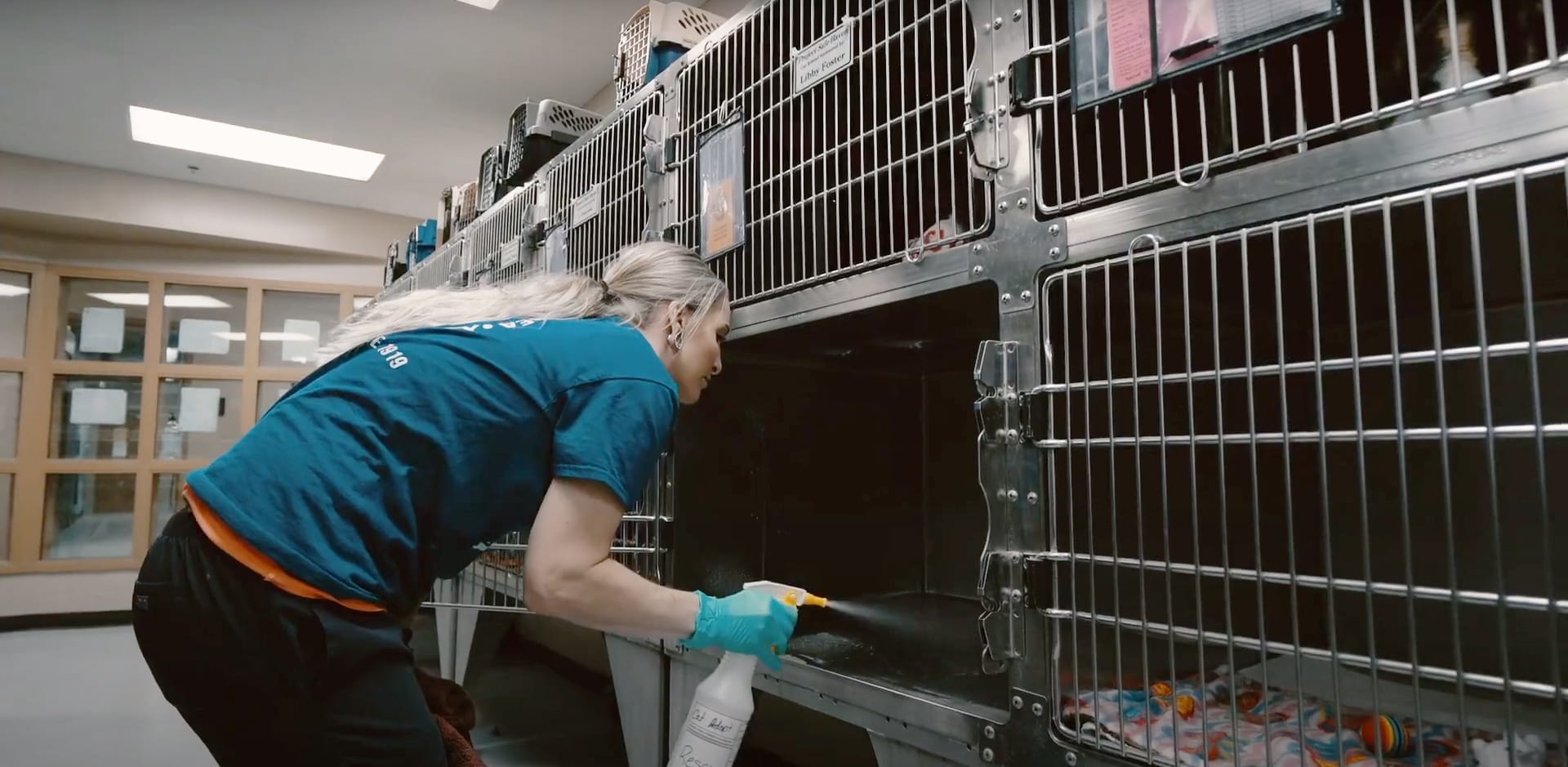
Once doors are open to the public, adoptions start taking place. The shelter sees about 300 adoptions each month.
What's the adoption process?
All visitors must fill out an application at the shelter.
- If you plan on bringing a pet home, make sure you bring a safe way to transport them (carrier, harness, etc.)
- Adoptive pet parents must also have a photo ID.
Then, it's all about finding the right match. You'll be able to walk the kennels and select an animal you'd like to meet.
- Because of the evaluations, the shelter can help you identify which animal would be a good fit for your lifestyle, age of children, other pets in the house, etc.
- If you have a dog at home and want to bring home another, you will have to bring out your dog to meet its potential new buddy and make sure they get along.
Once you've found your match, you'll simply fill out the adoption contract, pay any adoption fees and take your new pet home.
